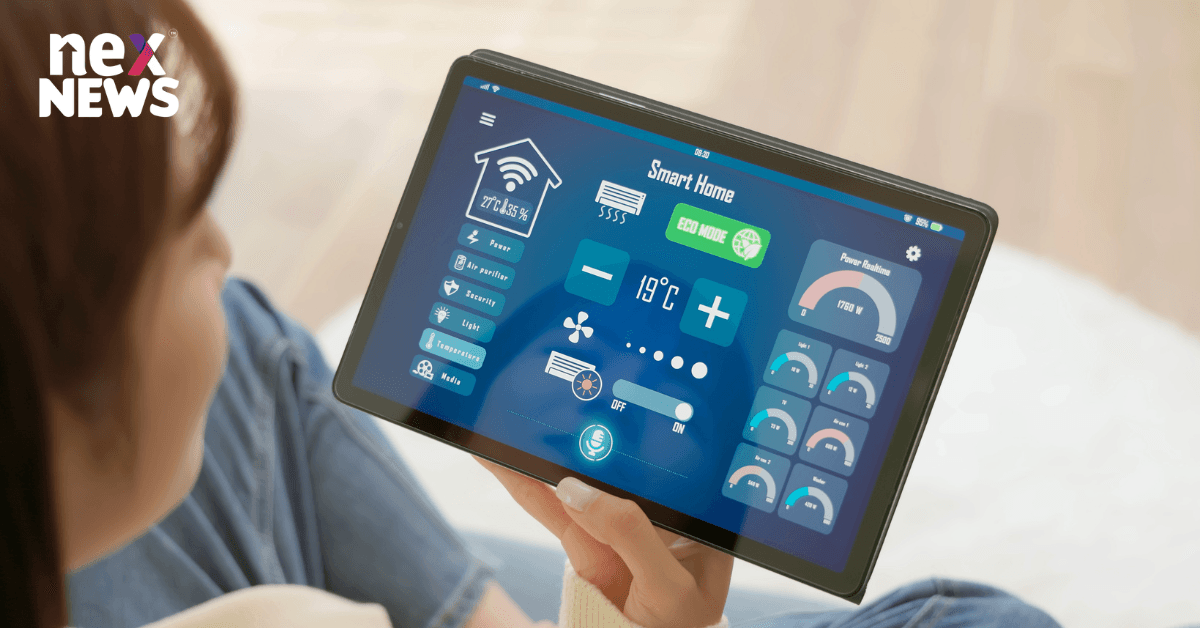As we continue to rely on the internet for our daily needs, the security of our home networks has become increasingly important. From personal information to financial data, our devices contain a wealth of sensitive information that can be compromised by hackers. In this article, we'll explore some tips and tricks for securing your home network and keeping your devices safe.
1. Use Strong Passwords
One of the easiest ways to secure your home network is by using strong passwords. Avoid using easily guessable passwords such as "1234" or "password." Instead, use a combination of upper and lowercase letters, numbers, and special characters. Also, consider using a password manager to help you generate and store strong passwords securely.
2. Update Your Software Regularly
Keeping your software up to date is crucial in ensuring the security of your devices. Software updates often include security patches that fix vulnerabilities and protect against potential threats. Enable automatic updates on all your devices and keep an eye out for notifications to ensure you're always running the latest version of your software.
3. Set Up Two-Factor Authentication
Two-factor authentication provides an extra layer of security by requiring a second verification method, such as a code sent to your phone, before allowing access to your account. Set up two-factor authentication on all your accounts, including your router, to prevent unauthorized access to your network.
4. Disable Remote Management
Remote management allows you to access and manage your router from anywhere, but it also makes your network more vulnerable to attacks. Disable remote management unless you absolutely need it and ensure that it's password-protected if you do use it.
5. Enable Network Encryption
Network encryption protects your data by encoding it before transmitting it over your network. Enable WPA2 or WPA3 encryption on your router to keep your network secure.
6. Change Your Default Network Name and Password
The default network name and password for your router can be easily guessed by attackers. Change your network name to something unique and change your password to a strong password that only you know.
7. Limit Access to Your Network
Limiting access to your network can help prevent unauthorized access to your devices. Create a guest network for visitors and consider using MAC address filtering to restrict access to only approved devices.
8. Disable WPS
Wi-Fi Protected Setup (WPS) can be easily exploited by attackers, so it's best to disable it on your router. This feature allows you to quickly connect devices to your network by pressing a button, but it also makes it easier for attackers to gain access.
9. Use a VPN
Using a virtual private network (VPN) adds an extra layer of security to your home network by encrypting your data and keeping your online activities private. Consider using a reputable VPN service to protect your network from potential threats.
10. Keep Your Devices Secure
Finally, keep your devices secure by installing and regularly updating antivirus software, avoiding suspicious links and downloads, and being cautious when using public Wi-Fi.
By following these tips and tricks, you can help secure your home network and protect your devices from potential threats. Remember to always stay vigilant and keep your software and devices up to date.
Conclusion
Securing your home network is essential in today's digital world. By following these tips and tricks, you can help protect your devices and sensitive information from potential threats. Remember to always stay informed about the latest security threats and take action to keep your home network secure.


POST A COMMENT (0)
All Comments (0)
Replies (0)